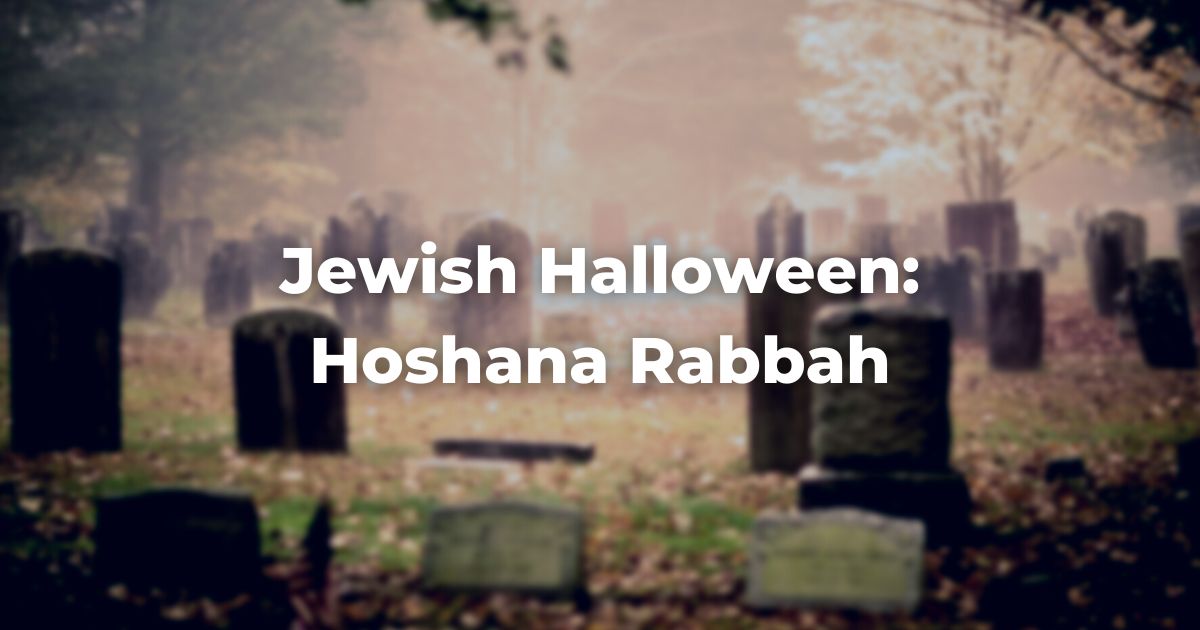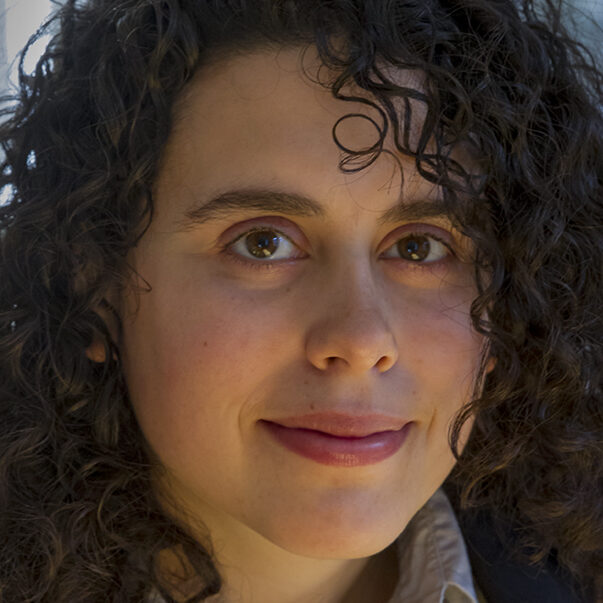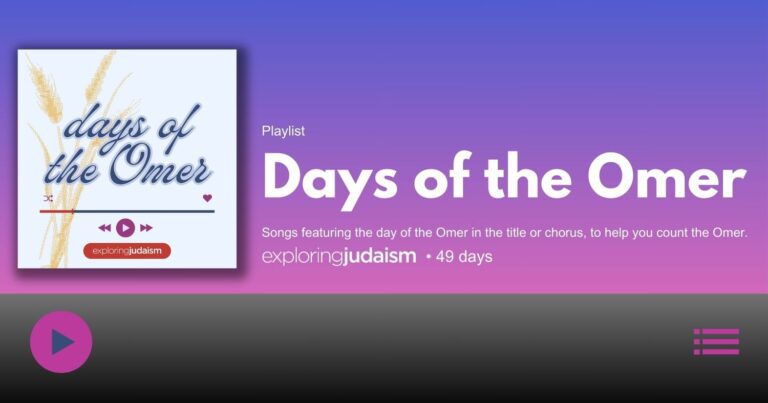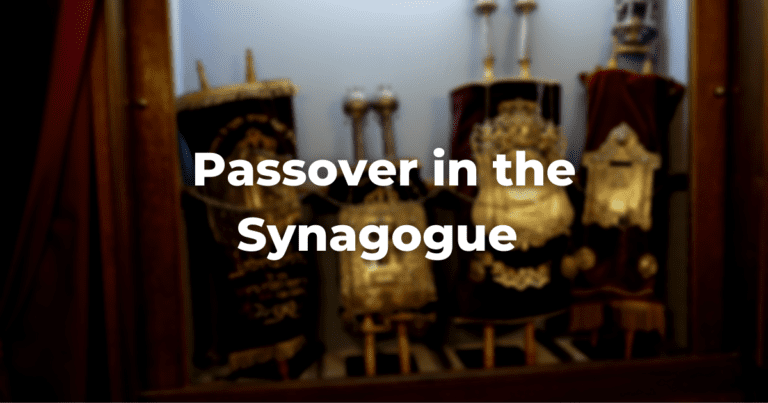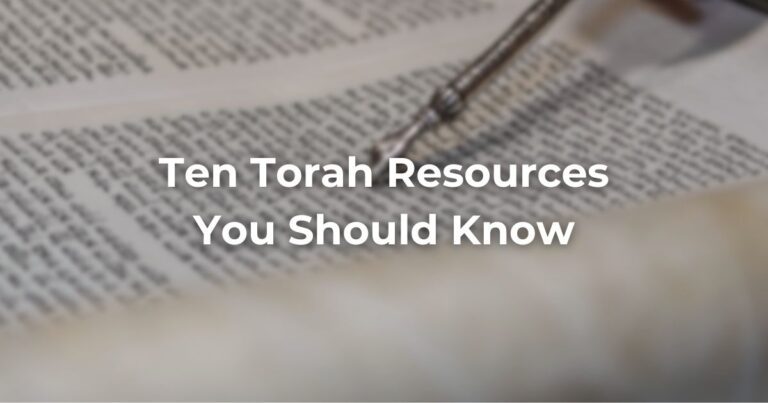Growing up attending a Solomon Schechter Day School-SSDS (and then subsequently working as a Hebrew school teacher), I’ve always dreaded Halloween. The week before Halloween divides most teachers into two camps: the “Halloween isn’t a Jewish holiday and you shouldn’t celebrate it” side vs. “I’m a cool, relatable teacher who will secretly give out fun-size milky ways at the end of class.”
While I eventually stopped participating in Halloween altogether (I had a little bit of a zealot streak going on back then), I did notice how much this anti-Halloween narishkeit alienated my classmates, many of whom already claimed they were forced to attend Jewish school by their parents.
They just wanted to have fun with their friends. Prohibiting Halloween was just another Jewish turnoff.
I think there’s a plethora of other ways we can do this American-Jewish thing better. And here’s one. A la Gus Portokalos’s “Give me a word, any word, and I show you that the root of that word is Greek,” Halloween, or it’s Jewish neighbor Hoshana Rabbah, is a great time to talk about Jewish ghost stories, magic, and all that is liminal and creepy.
What is Hoshana Rabbah?
With all the High Holiday big-hitters nearby, it’s understandable that Hoshana Rabbah gets lost in the shuffle. Taking place on the seventh day of Sukkot, Hoshana Rabbah is traditionally believed to be the last appeal for God’s good favor before the gates of prayer close for the year.
Hoshana Rabbah refers to the tradition of processing seven times with the TorahRefers to the first five books of the Hebrew Bible, the Tanakh, also called the Five Books of Moses, Pentateuch or the Hebrew equivalent, Humash. This is also called the Written Torah. The term may also refer to teachings that expound on Jewish tradition. Read more scrolls around the sanctuary, followed by smacking willow branches (from the lulav) on the ground until all their leaves fall off.
It’s also a turning point between the super-serious High Holidays and the drunken revelry of Simchat Torah. Similar to Halloween, which marks a similarly liminal moment–shift between the harvest season and the darker part of the year–you never quite know what might happen (or who you might meet) late at night on Hoshanah Rabbah.
A Hoshana Rabbah Ghost Stories
Sefer Chasidim gets straight to the point with this holiday: “There is a night when the souls come out of their graves, like on the eve of Hoshana Rabba[h], when they come out and pray.” And how do the Chasidim know this? Well, it only takes one or two human witnesses (hiding behind tombstones) for the story to spread.
In a version found in Berakhot 18b, the ghosts talk about the agricultural forecast for the next year (“I heard that if one sows in the first rainfall, the hail will smite it”). A farmer spending the night in the cemetery (the Talmud’s version of spending the night on the couch), uses this advice to great success.
The farmer returns every year to spy on the ghosts for hot farming tips until the ghosts figure out they’re not alone.
The Headless Chasid
The Chasidic version of the ghost story ends with a creep-tacular anecdote about a man who noticed on Hoshana Rabbah eve that his head didn’t cast a shadow anymore. What could go wrong with that? Fortunately, the gates of prayer were still open through the end of the holiday. So he and his family fasted and donated a cosmic f***-ton of tzedakah.
While we never find out if his head (shadow) came back, we learn that he lived many years after the incident. Undeniable evidence that Tzedakah saves from death.
Author
-

Emily Jaeger is a poet and professional writer based in Wilmington, North Carolina. Her work has appeared in Insider, News Courier, and JTA among others. https://emilyjaeger.com/
View all posts

